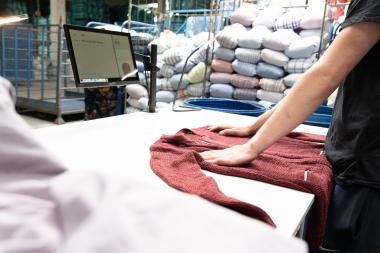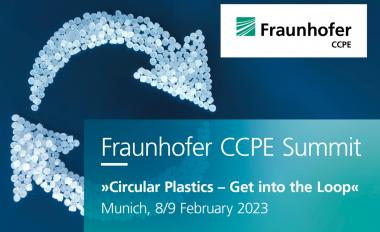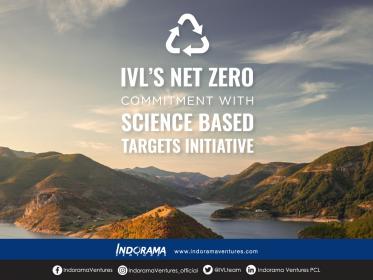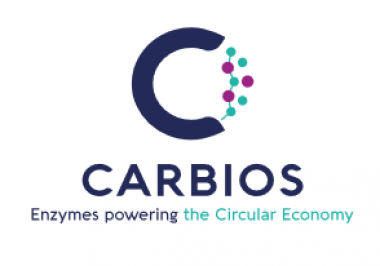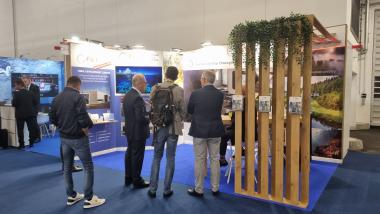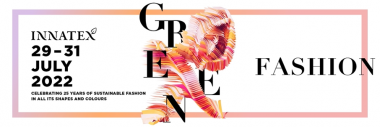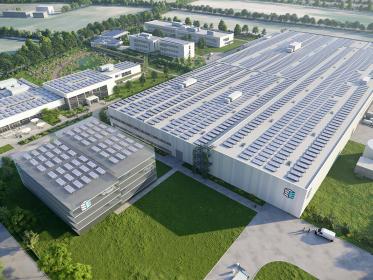CISUTAC: New European innovation project on circular & sustainable textiles
Launched this September, the new Horizon Europe project CISUTAC will support the transition to a circular and sustainable textile sector. As part of a consortium of 27 partners working on the project, TEXAID will among others support the project with sorting, disassembly and repair trials.
The production and consumption of textile products continue to grow, together with their impact on the environment, due to a lack of reuse, repair and recycling of materials. Quality, durability, and recyclability are often not being set as priorities in the design and manufacturing of clothing (EU Strategy for Sustainable and Circular Textiles, March 2022).
CISUTAC aims to remove current bottlenecks in order to increase textile circularity in Europe. The objective is to minimise the sector’s total environmental impact by developing sustainable, novel, and inclusive large-scale European value chains.
The project will cover most parts of the textile sector by working on two material groups representing almost 90% of all textile fibre materials (polyester, and cotton/cellulosic fibres), and focusing on products from three sub-sectors experiencing varying circularity bottlenecks (fashion garments, sports and outdoor goods, and workwear).
CISUTAC will follow a holistic approach covering the technical, sectoral and socio-economic aspects, and will perform three pilots to demonstrate the feasibility and value of:
- Repair and disassembly
- Sorting (for reuse and recycling)
- Circular garments through fibre-to-fibre recycling and design for circularity
To realise these pilots, the consortium partners will:
- Develop semi-automated workstations
- Analyse the infrastructure and material flows
- Digitally enhance sorting operations (for reuse and recycling)
- Raise awareness among the consumers and the textile industry
As part of the CISUTAC consortium, TEXAID, will conduct different trials of sorting, repair, and disassembly, and be active in the LCA and Standardisation work packages.
TEXAID Textilverwertungs-AG







